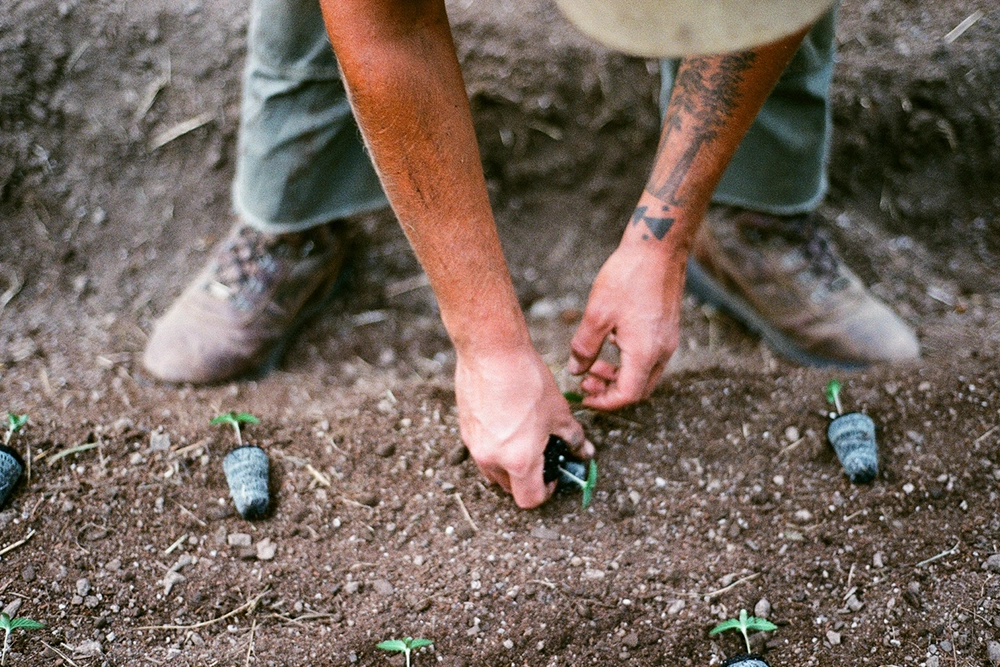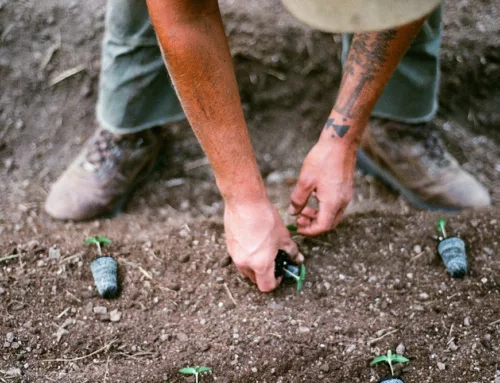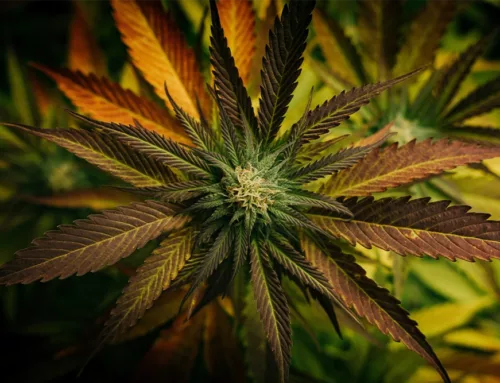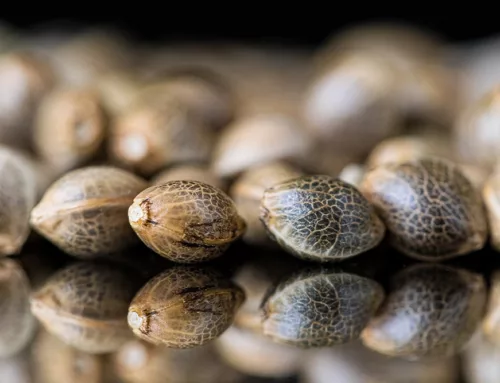How Weed Law In Germany Affects Locals and Tourists
With Germany legalizing cannabis, another European country finally joins the ranks. The road was rough, and some obstacles still remain. This article will summarize some of the recent history that led to this change and explain in detail what is legal now for locals, tourists, and temporary visitors in major cities like Berlin.
Is weed legal in Germany?
Weed is now legal in Germany. But what that really means differs quite a bit for medical patients, locals, and tourists.
What’s legal now?
| Locals (6 months or more of residency) | Tourists & temporary visitors |
|---|---|
|
|
Medical weed Germany
The groundwork for recreational cannabis legalization was laid in 2017 when cannabis for medical use was legalized by the German federal government. This allowed companies to grow, sell and import cannabis for medical use.
Licenses for growing in Germany were limited, so most of the cannabis was imported, particularly from Canada. Within a year, about 70,000 prescriptions had been approved, today the figure stands at around 370,000.
A new government delivered new weed law in Germany
In 2021, the 16-year conservative rule of the Christian Democrats (CDU) in Germany ended with the election of a coalition of Liberals (FDP), Environmentalists (DieGrünen), and Social Democrats (SDP). For the first time, cannabis legalization was a part of the shared government promise of all ruling parties in the German parliament. However, amidst the ongoing pandemic and the war in Ukraine, cannabis had a low priority.
In October 2022, the first draft was made public. It encountered strong resistance from the European Union. One point in particular being that of the product compliance rule. This states, simplified, that a product sold in any country within the EU must conform to the laws of all other EU countries as well.
Solutions were found. Finally, in April 2023, Health Minister Karl Lauterbach and Economy Minister Cem Özdemir presented the proposed model for cannabis legalization to the German government. To accommodate the EU restrictions, a two-pillared approach was chosen. The first pillar, implemented immediately, allows consumption, possession and cultivation at home or in clubs. The second pillar, intended for implementation around 2029, aims to allow cannabis to be grown and sold legally and will have to be tailored in accordance with European law and some coffee shops seen in other nations.
The law passed despite fierce opposition from Christian Democrats led by Friedrich Merz, who vowed to reverse it when they returned to power. A threat is seen as unlikely, as they must form a coalition government with one of the parties that just fought to pass it.
Details of the Cannabis Legalization law (CanG)
With the new cannabis law (CanG) in effect since April, consumption, possession, and cultivation are legal in Germany. In addition, grow licenses will be given out to cannabis clubs beginning in July.
German cannabis consumption rules
Anyone older than 18 is allowed to consume cannabis. You may consume cannabis in public, as long as distance is kept to any youth and sports facilities. Sounds promising at first, but considering that the law prescribes a 100m radius and how bigger cities are sprinkled with day-care, schools and kindergartens, only scraps remain. The ‘Bubatzkarte’ visualizes this according to data from OpenMaps. Of what remains, pedestrian zones have a ban from 7 am to 8 pm.

Cannabis possession limits
Possession of up to 50 grams of cannabis at home is legal, 25 grams of cannabis in public. And no, unfortunately, that doesn’t add up to 75 grams. On the bright side, that’s 50 grams of any cannabis product, whether that’s flower, hash, or rosin, as long as it has been extracted solventless (technically, that excludes edibles).
Cannabis Cultivation
Okay, the tough part first – cultivation of cannabis at home is only legal for people who have lived in Germany for at least six months. If that applies to you, you are allowed to grow up to three mature plants at home. As long as your plants and dried plant material are inaccessible to minors and third parties and your grow doesn’t disturb your neighbors in any way, that is.
While installing locks, carbon filters and being nice to your neighbors will take care of these hurdles, the biggest challenge will probably remain in trying to stay within the 50-gram possession limit while growing three plants and/or dutifully disposing of your unintended surplus.
Still, unresolved subtleties lie in when a plant starts to count toward the three-plant limit. In the law itself, the definition of a cannabis plant is a plant that shows flower and/or fruit-bearing organs. The liberal interpretation would let anyone keep their favorite cuts and even allow open trade with cuttings and seeds. For now, there are too few cases to know how the law will be applied in practice, but that will become clear in the coming months.
The lucky winners of the home cultivation rules are those with non-smoker flatmates, as the limit for growing at home is tied to the residents of the flat. So, three people can have nine plants, 150 grams, and so on.
What’s not legal
There will be no sale of cannabis at this stage of legalization. The official intention of the law is for people to grow their own weed; if they want to smoke (or get together in clubs to do so). Selling and even gifting cannabis is still illegal.
As to driving under the influence, even though the limit just got raised from 1 ng/ml of blood to 3,5, supposedly to match an equivalent of 0,02% BAC, the testing method switched from urine to saliva. But that threshold is still very low, especially for the more seasoned toker, so you’d better not risk it.
Does weed legalization in Germany affect medical patients?
For medical patients (or anyone with a prescription, the CanG is a blessing. The recent modifications lead to easier access, better selection, and lower prices. With cannabis not being labeled as a narcotic anymore, regulations are loosening at every step of the supply chain, from the grow itself to distribution and prescription. A simple visit to the doctor or even an online call is enough to obtain a prescription. This enables you to then buy medicinal cannabis at a pharmacy.
The already relatively low prices for medicinal cannabis, which range from $6.50 to $15 per gram, roughly mirroring the illicit market, are likely to decrease even further as more facilities sprout up to supply the medical market. With low prices for consistent quality, medical cannabis sets the bar high for emerging clubs.`
Does Germany have cannabis clubs?
Cultivating fast-growing plants, especially indoors, requires continuous effort. Many people lack the necessary space and time. To address this, the first pillar of legalization includes cannabis social clubs. These non-profit clubs can have up to 500 members, each eligible to receive up to 50 grams of cannabis and either seven cannabis seeds or five cuttings from the club monthly. That’s a possible legal production of 25 kg per month, which is already a quarter of German medical supplier DEMECANs volume. Membership is restricted to those who have lived in Germany for more than six months, and proof of residency is required.
These clubs are designed to be functional rather than social: providing a source of cannabis flowers, hash, seeds, and cuttings to their members but not allowing them to smoke in or near the clubs. In its current version, the bureaucratic hassle of providing members with bud is brain-wrecking. Each step must be documented, and each transaction signed off, making quick access to cannabis difficult. Instead of buying directly from the club, members must estimate their monthly consumption and then pay a membership fee based on that estimate.
Starting on July 1st, clubs can apply for licenses, a process that may take up to two months. Therefore, the first legally grown cannabis from these clubs is expected by early 2025. Towns have the option to limit the license to one per 6000 inhabitants, which is not much at all. A mere maximum coverage of 8,33%.
What drugs are legal in Germany?
Apart from alcohol and cannabis, drugs are generally illegal in Germany. There are exceptions for fringe substances, like kratom or research chemicals, that remain legal due to their specific chemical makeup not yet being banned.
However, there are advancements in the therapeutic field: in 2021, a significant study on the effects of psilocybin on treatment-resistant depression was launched, and ketamine-assisted therapy is available at the OVID Clinic in Berlin.








